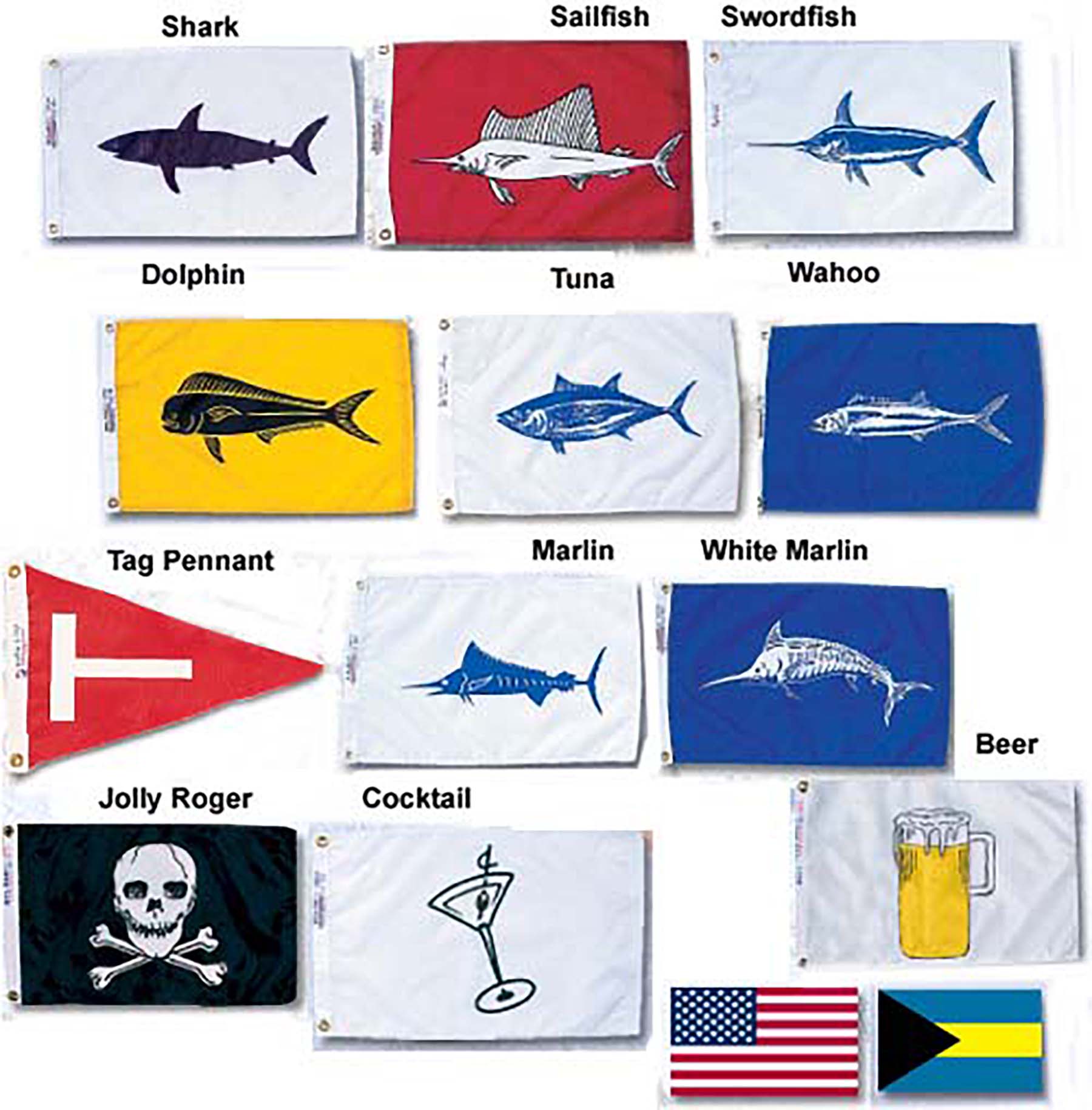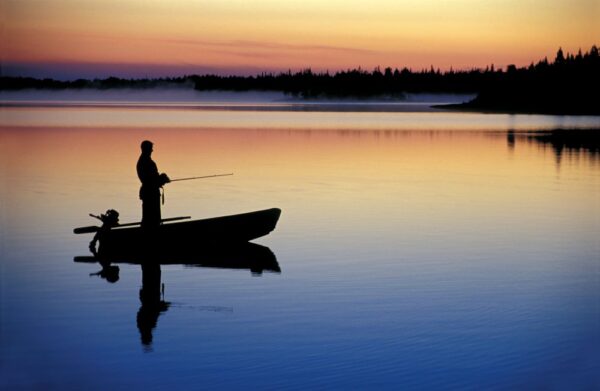The Historical Origins of Fishing Flags
Long before the days of modern communication, flags served as essential tools for conveying messages across distances, especially at sea. For fishing communities, flags played a pivotal role in communication, signaling the type of catch, quantities, and even the success of a trip. Understanding the roots of these flags provides insight into the rich maritime traditions that have shaped angling practices worldwide.
Symbolism in Colors and Designs
Over time, specific colors and designs became associated with certain species or types of catches. For example, a white flag might signify a tuna, while a blue flag could represent a marlin. These symbols allowed fishermen to communicate their successes and the types of fish available for sale to those onshore, making for a streamlined market process and creating a sense of camaraderie and competition among anglers.
Catch Flags vs. Communication Flags
While many associate fishing flags primarily with signaling the type of catch, there’s another category: communication flags. These are used to convey messages between boats, between boat and shore, or to indicate specific situations, like mechanical issues or medical emergencies. Recognizing the difference between catch flags and communication flags is vital for accurate interpretation and effective maritime communication.
Displaying Your Fishing Success
One of the most exhilarating aspects of sport fishing is displaying catch flags, showcasing the day’s successes. Proper etiquette involves flying the flag from the outrigger, with the flag’s top pointing towards the fish’s head. This not only allows for easy identification but also serves as a badge of honor, celebrating the angler’s skills and the thrill of the catch.
The Importance of Proper Etiquette
Using fishing flags isn’t just about showcasing your catch; it’s also about adhering to maritime traditions and ensuring clarity in communication. Proper etiquette dictates when and how to fly flags, ensuring they’re visible, displayed in the correct order, and taken down at the end of the fishing day. Adhering to these rules fosters respect among the fishing community and preserves the integrity of this age-old practice.
Modern-Day Adaptations and Uses
As technology has advanced, the practical need for fishing flags has diminished. However, their cultural and traditional significance remains. Many anglers today use fishing flags as decorative items, displaying them in homes, on clothing, or even as tattoos. These adaptations serve as a testament to the enduring legacy of fishing flags and their continued relevance in contemporary angling culture.
Caring for Your Fishing Flags
Maintaining the vibrancy and condition of your fishing flags is essential, especially if they’re used frequently. Regular cleaning, proper storage, and protection from harsh elements can prolong the life of these flags. Additionally, repairing minor damages promptly can prevent further wear and ensure your flags remain a source of pride for years to come.
The Global Diversity of Fishing Flags
While many of the basic principles surrounding fishing flags are universal, different regions have unique designs, colors, and practices. Exploring the global diversity of fishing flags offers a fascinating insight into regional fishing cultures, traditions, and the shared yet varied experiences of anglers worldwide.
Flags as Educational Tools
Beyond their traditional uses, fishing flags can serve as educational tools. They can be used in maritime schools, fishing clubs, and even in community events to educate about different fish species, maritime history, and the importance of sustainable fishing practices.
Conclusion: A Timeless Tradition
In a world dominated by digital communication, the tradition of fishing flags stands as a reminder of the rich history of angling. These colorful symbols, fluttering in the wind, tell stories of triumphant catches, close-knit communities, and the deep bond between humans and the sea. By understanding and respecting the significance of fishing flags, anglers of today can carry forward a timeless tradition, ensuring its survival for future generations.






